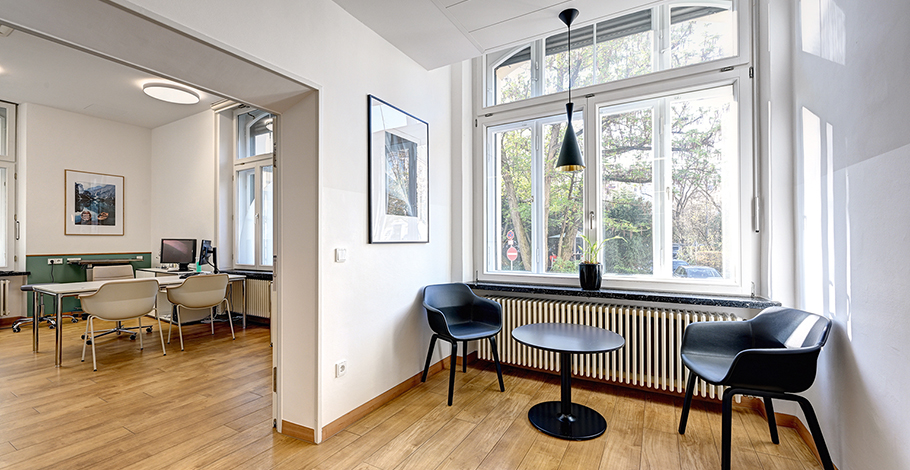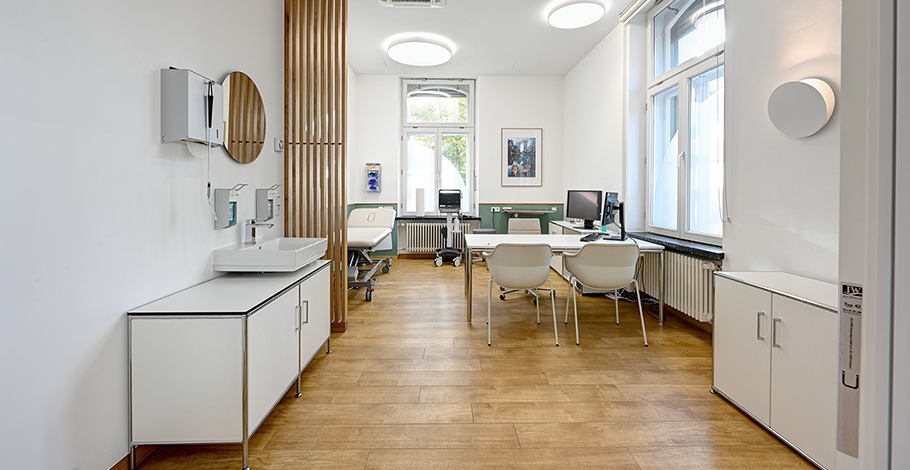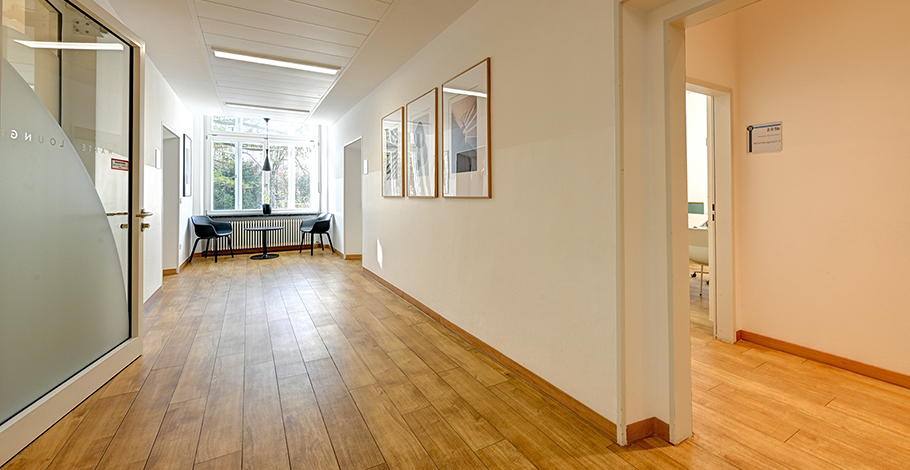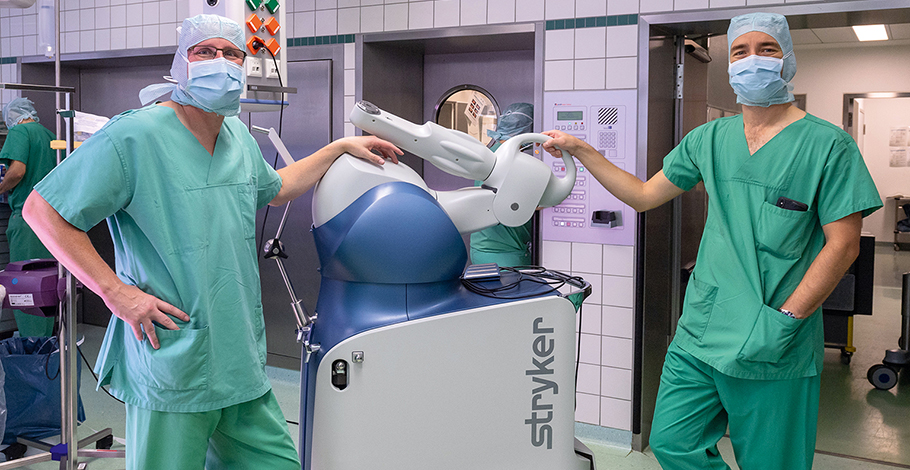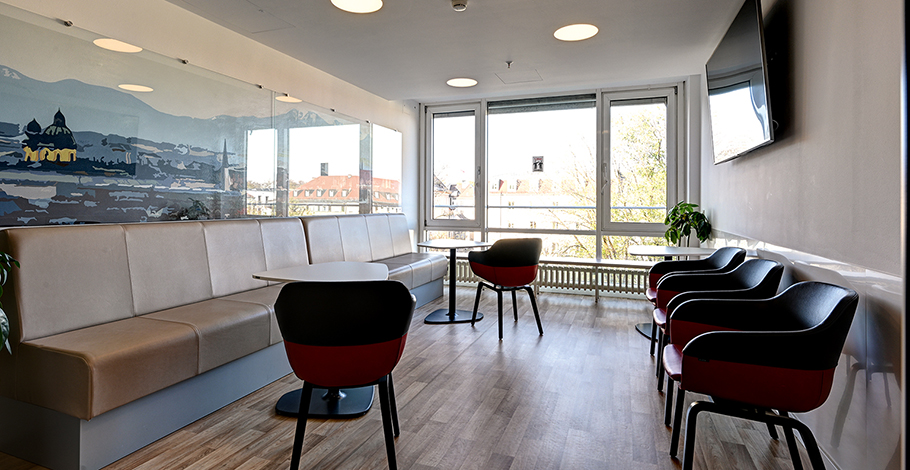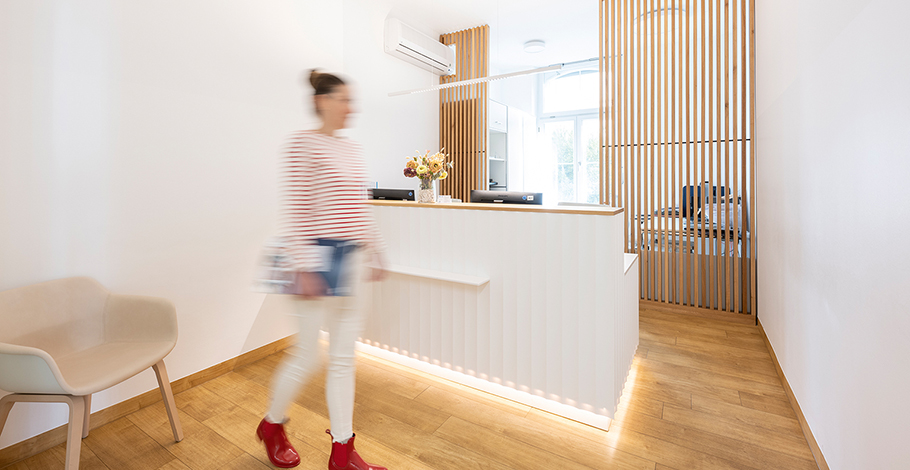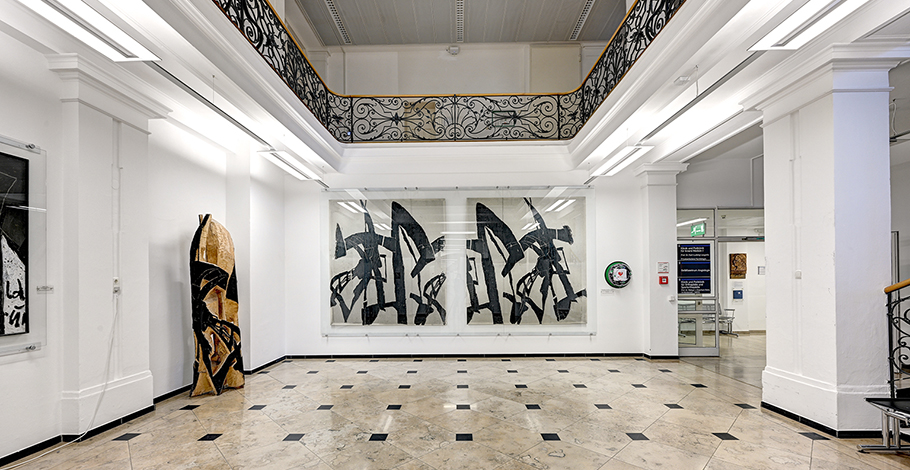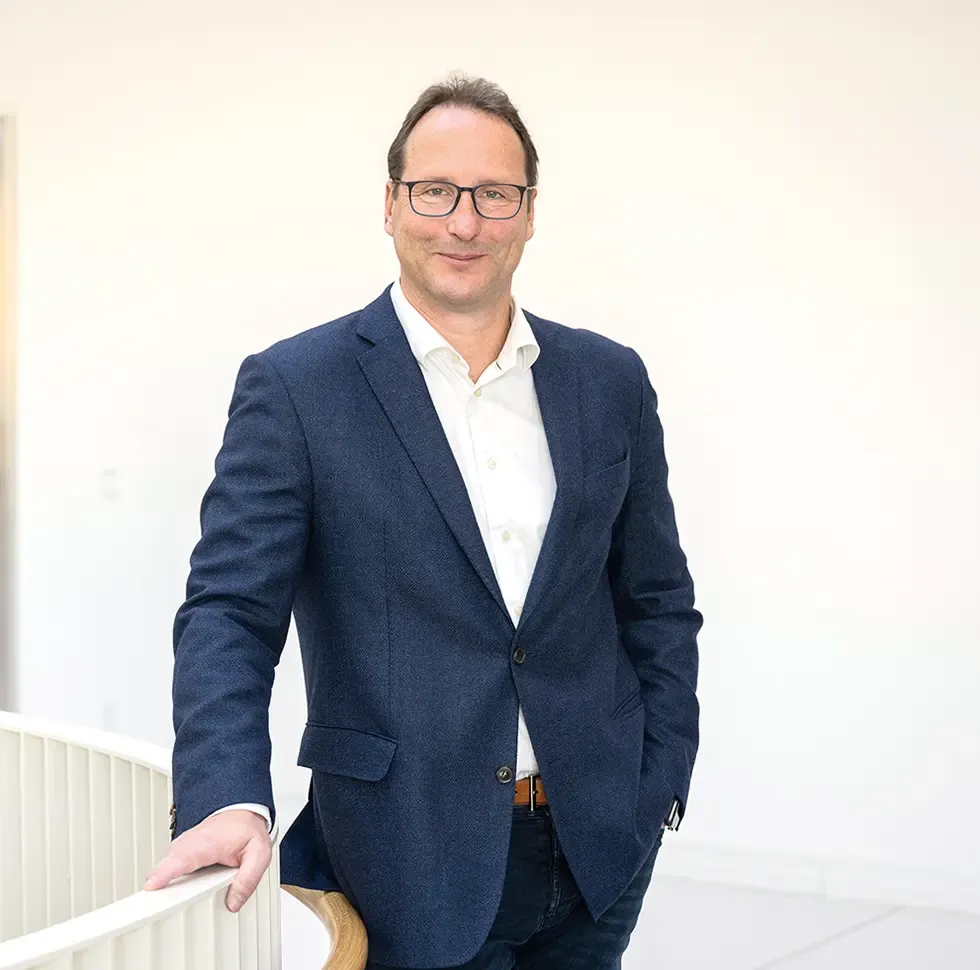
- München & Umgebung
- Innovative Orthopedics & Sports Orthopedics
Univ.-Prof. Dr. med. Rüdiger von Eisenhart-Rothe
Klinik für Orthopädie und Sportorthopädie, Klinikum rechts der Isar
Services
Precision medicine is the future
"For you, it's a surgery a day; for me, it's my life and my mobility." Sentences like this, with which a patient thanked him, are the motivation for Prof. Dr. Rüdiger von Eisenhart-Rothe and his team of 25 highly qualified experts. There are around 1,000 endoprosthetic cases per year, including 400 replacements of endoprostheses, making the Clinic and Polyclinic for Orthopedics and Sports Orthopedics at the Klinikum rechts der Isar in Munich a leader in this field. For this, the clinic director and his team are in the operating room every day.
In addition to his clinical activities, he holds other notable positions: He is a founding member and the current president of the German Knee Society, treasurer of the German Society for Endoprosthetics, as well as a board member and founding president of the German Hip Society. Early on, von Eisenhart-Rothe specialized in endoprosthetics, revision endoprosthetics, and tumor orthopedics, and at the age of 40, he was one of the youngest when he became a full professor in Munich ten years ago.
"Big Data opens up a completely new dimension in patient-specific care."
PROF. DR. MED. RÜDIGER VON EISENHART-ROTHE
Even now, he's considered a pioneer - using robotics in endoprosthetics for hips and knees. What can the robot do better? It can do it even more precisely. Example, knee: Previously, due to lack of technical support, every leg was operated on the same way - which is called mechanical alignment. In simple terms, every patient got a straight leg. Problem: About 85 percent of patients don't have straight legs but rather slight O or X legs. The technology now used in surgeries helps the surgeon to precisely adapt to the respective anatomy and thereby individually correct the leg axis: The computer reconstructs the healthy anatomy three-dimensionally based on a CT, and the robotic arm cuts exactly at the optimal degree and angle - more precisely than the human eye could ever capture.
This reduces the risk of incorrect cuts and injuries to blood vessels. In addition, the band tension can be optimally determined so that the new joint fits perfectly. This demonstrably leads to significantly better results, both in terms of satisfaction, function, and the lifespan of the prosthesis. However, research is now taking an even more revolutionary step. "Big Data opens up a completely new dimension in patient-specific care," predicts von Eisenhart-Rothe.
Innovative techniques in diagnostics and therapy
The goal is to calculate an exact image of the knee, which is called a digital twin. "Creating a digital twin, with which the robot knows immediately during the operation which knee to operate on and how to achieve the best result for this specific patient," the professor explains. In just about five years, he estimates, the database, into which the evaluations of all robot-assisted joint replacement surgeries now flow, will be ready. The Munich University Hospital offers a perfect, world-class environment for this with the combined expertise of the School of Robotics, the Chair for Artificial Intelligence in Medicine, and the engineering sciences.
The university hospital network also offers advantages in daily operations for doctors and patients. Under the umbrella of the Department of Orthopedics, endoprosthetists work closely with sports orthopedists who specialize more in joint-preserving methods. This allows each patient to be offered the optimal therapy on the latest standard. Orthopedists also have access to the full range of medicine - from microbiologists and internists to pain therapists and cardiologists. This is especially important in severe cases in tumor orthopedics and septic orthopedics - here too the clinic is leading thanks to innovative techniques in diagnostics and therapy.
The goal is to get the best for the patients. Whether with an innovative surgical technique like "AMIS," a minimally invasive, muscle and tissue-sparing approach to the hip joint, or the Fast-Track concept, which shortens hospital stays. This includes, for example, providing patients with ice water. "It quickly supplies the body with calories and prevents it from falling into the typical catabolic hole after an operation," explains von Eisenhart-Rothe.
"This way, the patient gets fit again faster." The number of endoprosthetic operations has increased, not only because people are getting older but because they want more quality of life despite osteoarthritis and want to continue their sports at any age. Previously, 50-year-olds were told to wait another 20 years. "Today, it is known that the function of the joint before the operation significantly determines how the function will be afterwards," reports Prof. Dr. von Eisenhart-Rothe. "If you wait too long, it may be that you can no longer bring the hip or knee to the desired level."
What should you pay attention to when joint replacement becomes topical? "The doctor should be certified and specialized," advises von Eisenhart-Rothe. The EndoCert quality seal of the German Society for Orthopedics and Orthopedic Surgery helps here, proving that the (senior) surgeons regularly further their education and perform at least 50 or 100 procedures a year, respectively, so they have routine. "Trust in the doctor is also important, so feel free to check out different ones." What is the main concern of the patients? The first question is always: "What will I still be able to do afterwards?", says the professor. His answer: "Everything you dare to do in your new everyday life after recovery. Because if you're not active afterwards, I don't need to operate."
